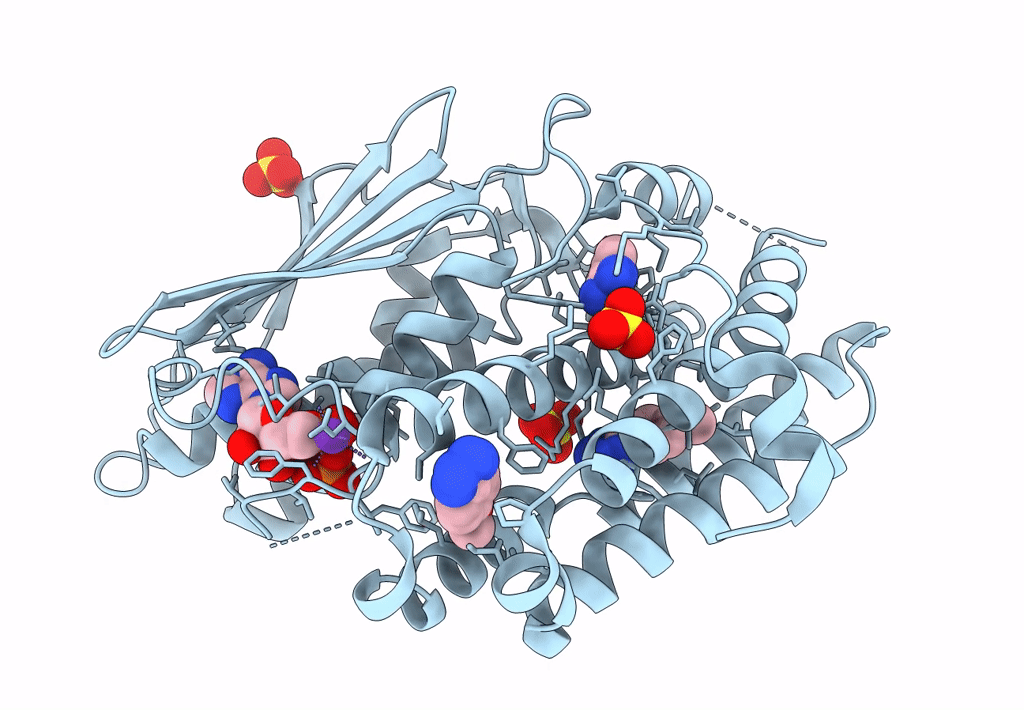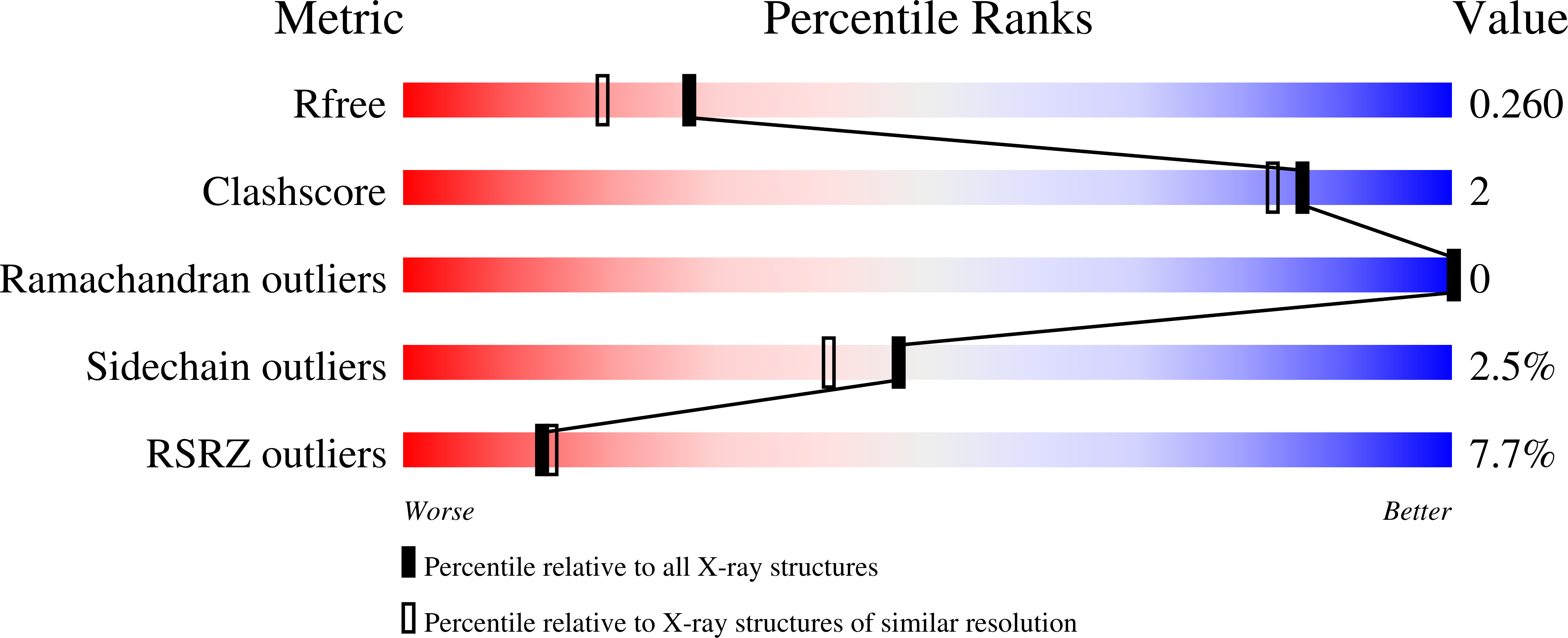
Deposition Date
2022-09-12
Release Date
2023-03-08
Last Version Date
2023-10-25
Entry Detail
PDB ID:
8EGD
Keywords:
Title:
Branched chain ketoacid dehydrogenase kinase in complex with inhibitor
Biological Source:
Source Organism:
Rattus norvegicus (Taxon ID: 10116)
Host Organism:
Method Details:
Experimental Method:
Resolution:
2.05 Å
R-Value Free:
0.26
R-Value Work:
0.23
R-Value Observed:
0.24
Space Group:
P 64 2 2


